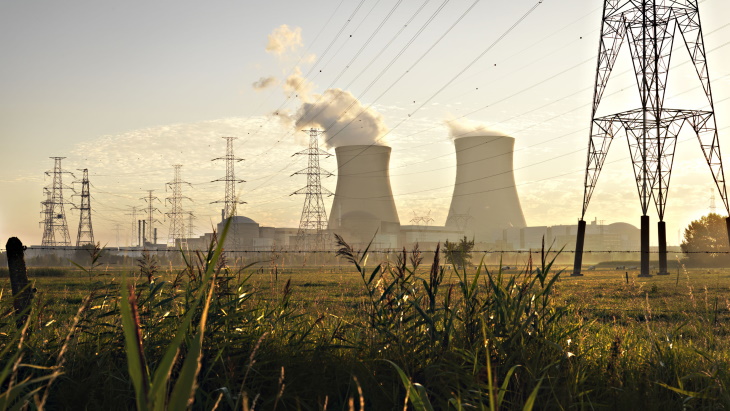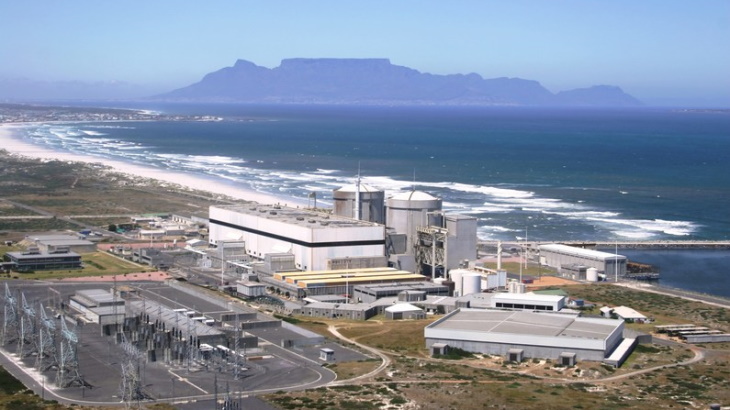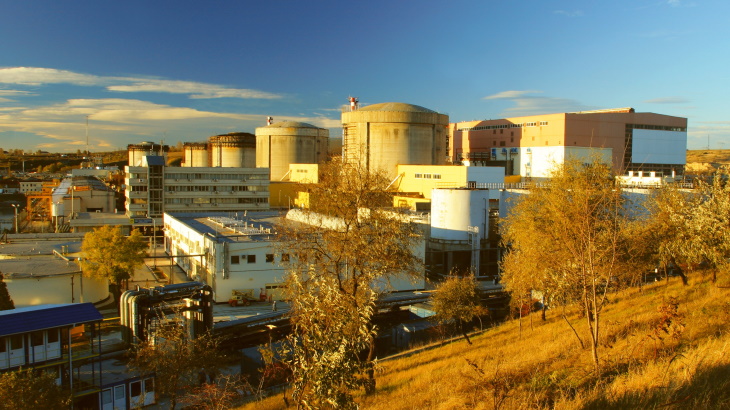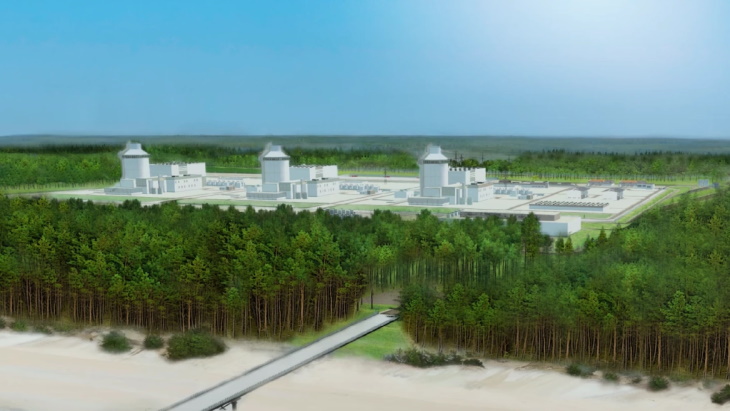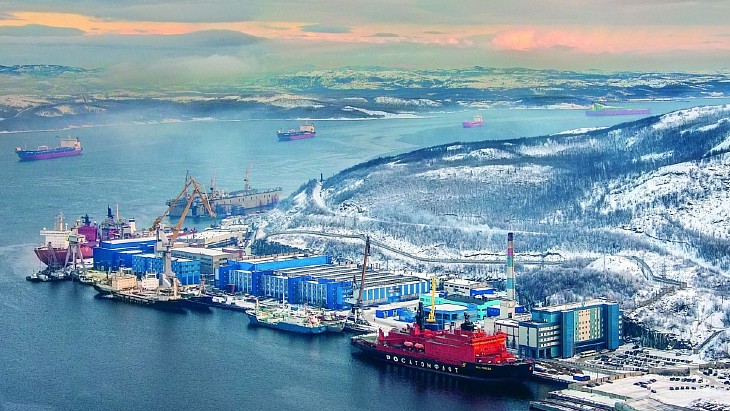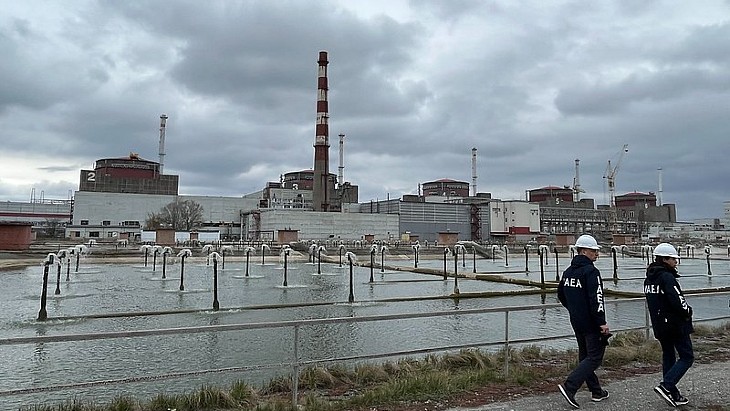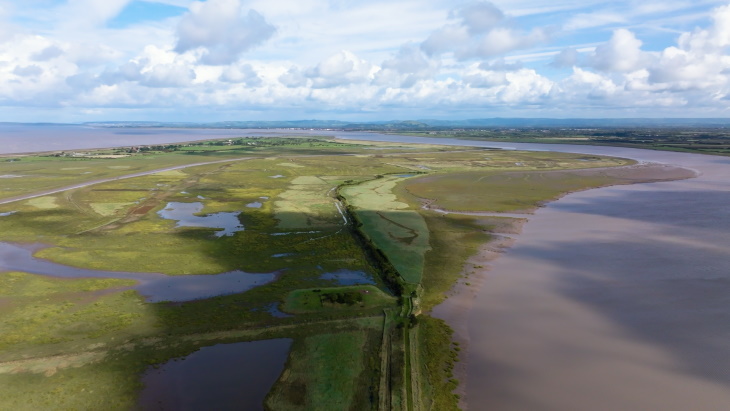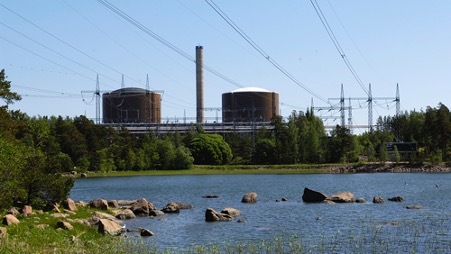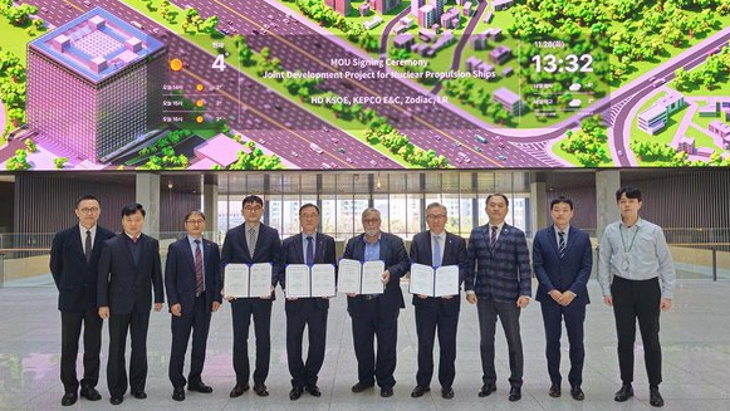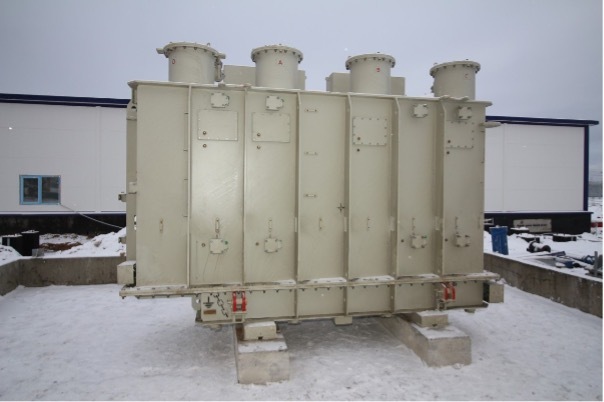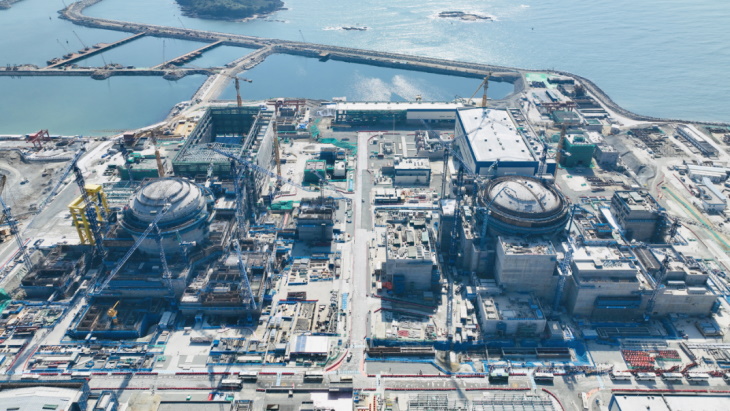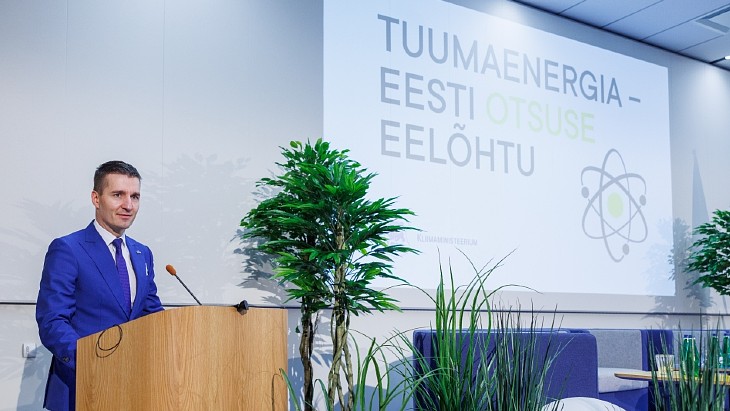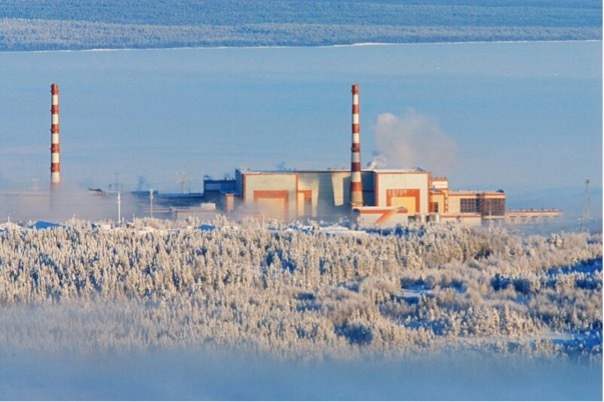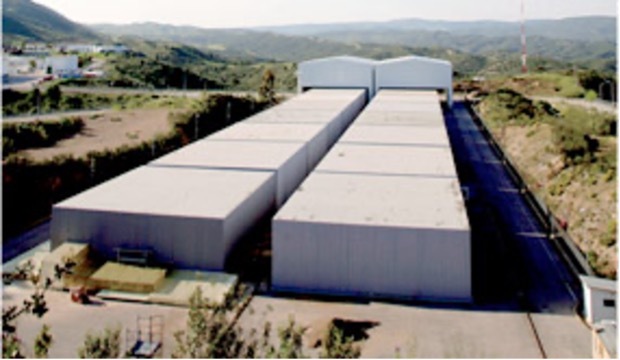Source: https://www.world-nuclear-news.org/Articles/IAEA-sees-Belgian-commitment-to-waste-management
Belgium has a robust national infrastructure for the management of radioactive waste and used fuel, an International Atomic Energy Agency (IAEA) mission has said, and recommended the development of consolidated policies for specific waste streams and for decision-making on a geological repository.
Belgium manages high-level waste from its five operating nuclear reactors at the Doel and Tihange plants as well as from the two reactors which have been permanently shut down, along with low- and intermediate-level radioactive waste from the production and use of radiation sources in medical, industrial and science and research activities.
The Belgian National Agency for Radioactive Waste and Enriched Fissile Material management (Ondraf/Niras) manages radioactive waste and used fuel after acceptance, The agency hosted the IAEA's Integrated Review Service for Radioactive Waste and Spent Fuel Management, Decommissioning and Remediation (Artemis) team during their ten-day visit in December.
Artemis team leader Jussi Heinonen, Director at the Radiation and Nuclear Safety Authority (STUK) in Finland, said: "The team saw that the responsible organisations in Belgium are strongly committed to the radioactive waste and spent fuel management. They have put in place a waste management system that is well adapted to the current situation and are preparing to take the necessary measures until the end of the life-cycle of their nuclear facilities. Further progress is still needed in the comprehensive coverage of national policies guiding the implementation of the programme."
The recommendations for action by the Belgian government include:
- Formulation of "well-defined national policies on spent fuel management options and the management of radioactive waste from radium production"
- Ensure waste streams that require further processing or have no clear end point should be included in the national programme with proposed management options
- Establish a "comprehensive geological disposal policy for the management of high-level waste and spent fuel and complete the process of establishing safety requirements and a licensing scheme specific to disposal facilities"
The IAEA team also said that "the provision of adequate financial and human resources will be crucial" to ensure timely implementation of policies, such as on a geological repository.
There was also a suggestion that Ondraf/Niras "should focus main resources on solutions that are technically feasible and internationally acknowledged for the long-term management of high-level waste and spent fuel of the Belgian inventory".
There was praise for good practices identified in the approach to centralised management of all radioactive waste by Ondraf/Niras subsidiary Belgoprocess "contributing to the minimisation of radioactive waste, as well as in the approach for remediation of the former Olen radium and uranium production site leading to waste minimisation".
Marc Demarche, Director General of Ondraf/Niras, said: "Belgium values the review and its outcomes in the current framework of our national programme where we have on the one hand significant recent evolutions and progress, in particular concerning the licence for a surface disposal facility, the decision-in-principle for deep geological disposal as well as the launching of the project for radium-bearing waste. But we are also facing important and difficult challenges for continued progress, in particular about the operationalisation of the low-level waste repository or the pursuit of the deep disposal project."
The Artemis review mission took place at the invitation of Belgium. Such missions offer reviews of radioactive waste and used fuel management, decommissioning and remediation programmes. The seven experts in this mission were from Austria, Finland, France, Slovenia, the UK and the USA. As well as Ondraf/Niras, they met with officials from the Federal Agency for Nuclear Control (FANC), the Belgian Nuclear Research Centre (SCK CEN), the Directorate General for Energy, nuclear fuel cycle management organisation Synatom and th Commission for Nuclear Provisions. The final mission report is expected to be provided to the Belgian government in February.
Belgium's nuclear plants account for almost half of the country's electricity production. The country's federal law of 31 January 2003 required the phase-out of all nuclear electricity generation in the country. Under a plan announced by Belgium's coalition government in December 2021, Doel 3 was shut down in September 2022, while Tihange 2 shut down at the end of January 2023. The newer Doel 4 and Tihange 3 would be shut down by 2025. However, a decision was subsequently taken to extend the operation of Doel 4 and Tihange 3, allowing for the retention of 2 GWe of nuclear generation capacity, with agreement reached between the Belgian government and French utility Engie last month on the terms of extending the two units' operation by 10 years and on all obligations related to radioactive waste.
